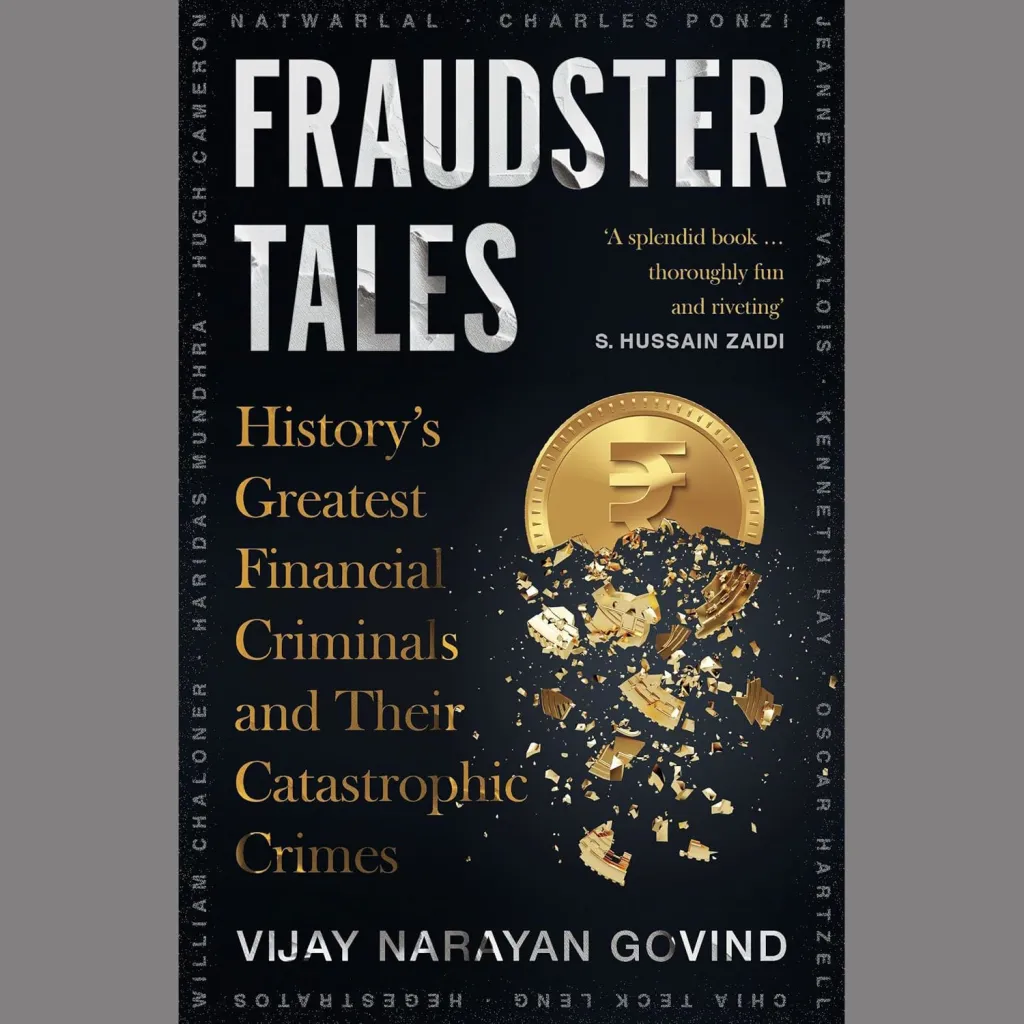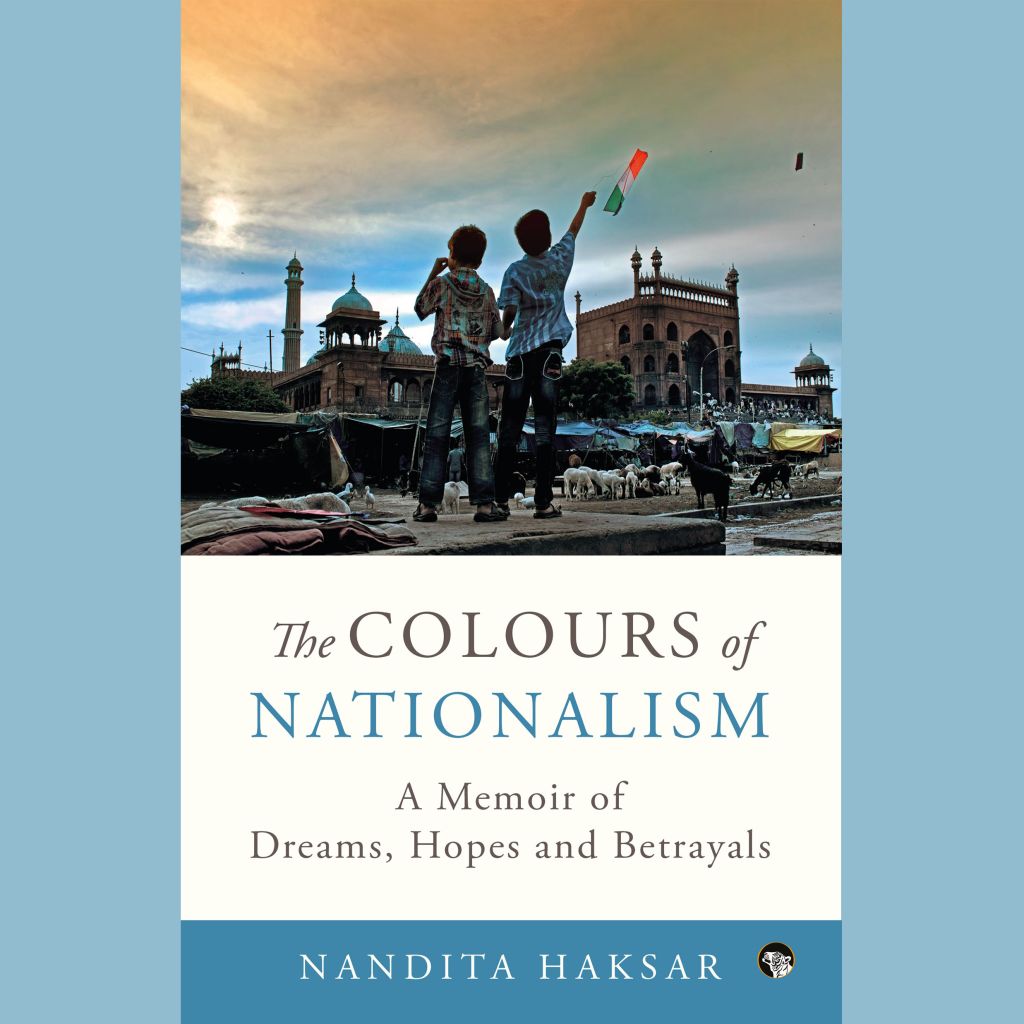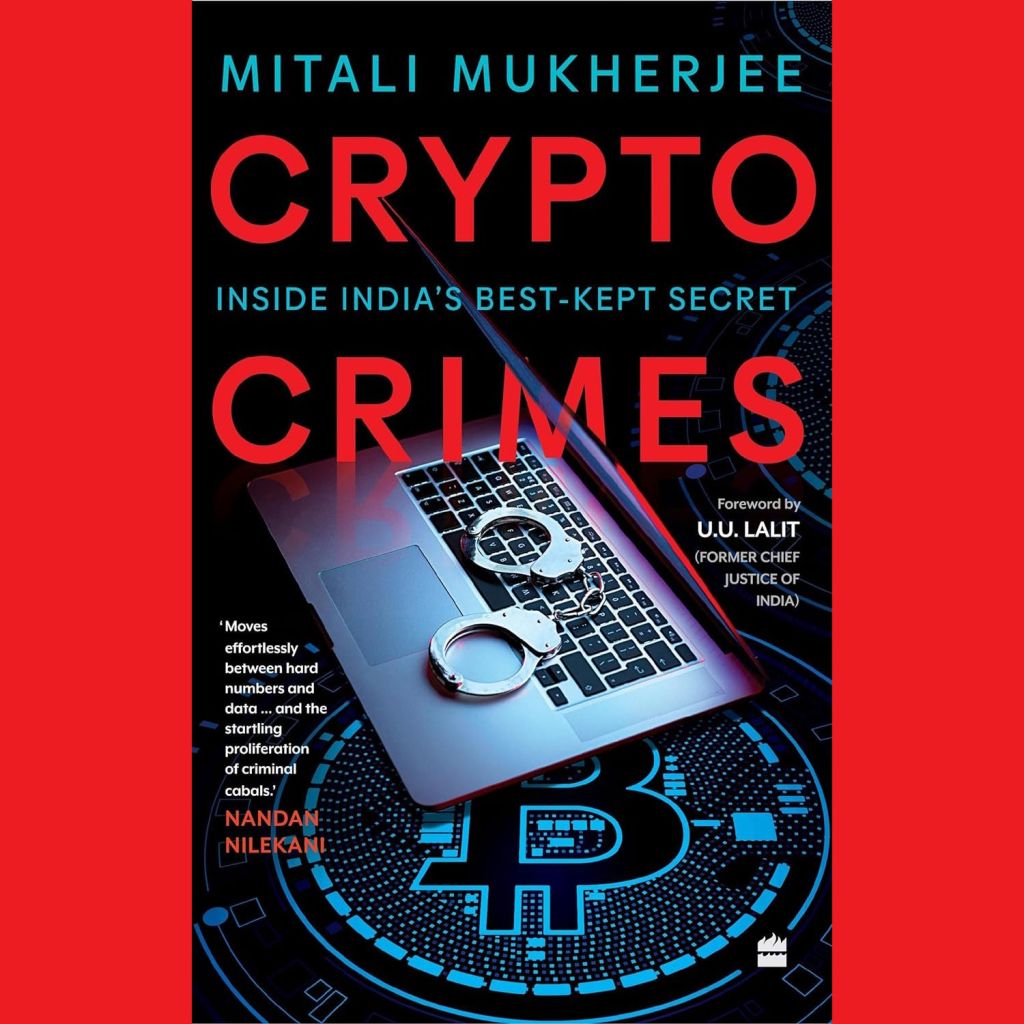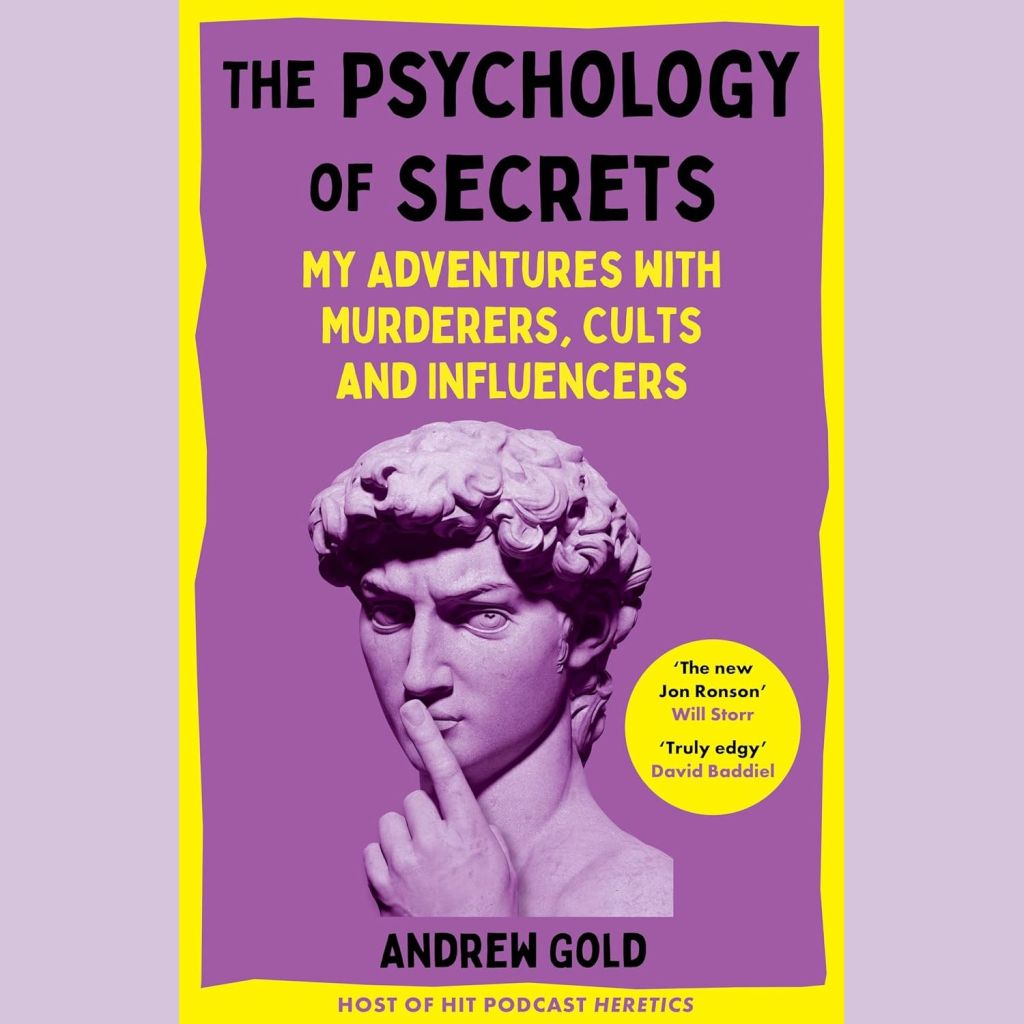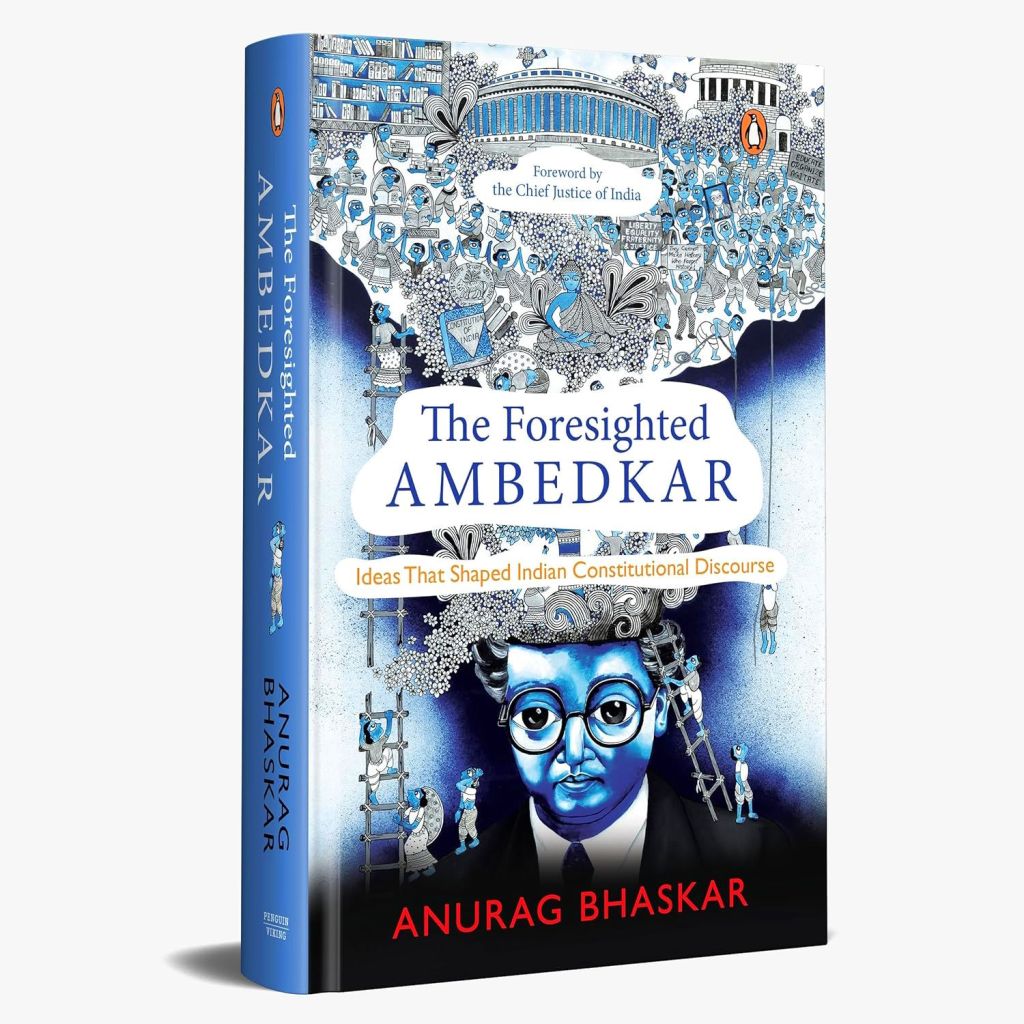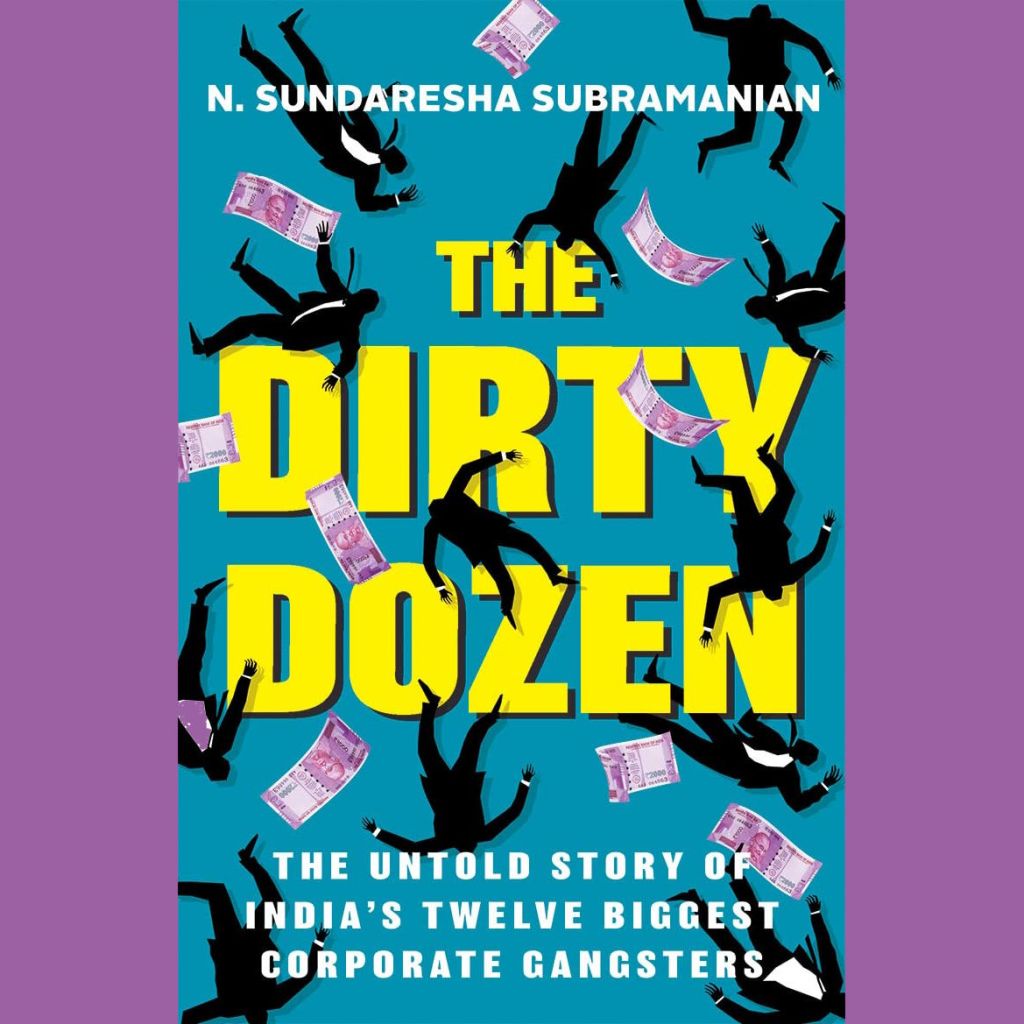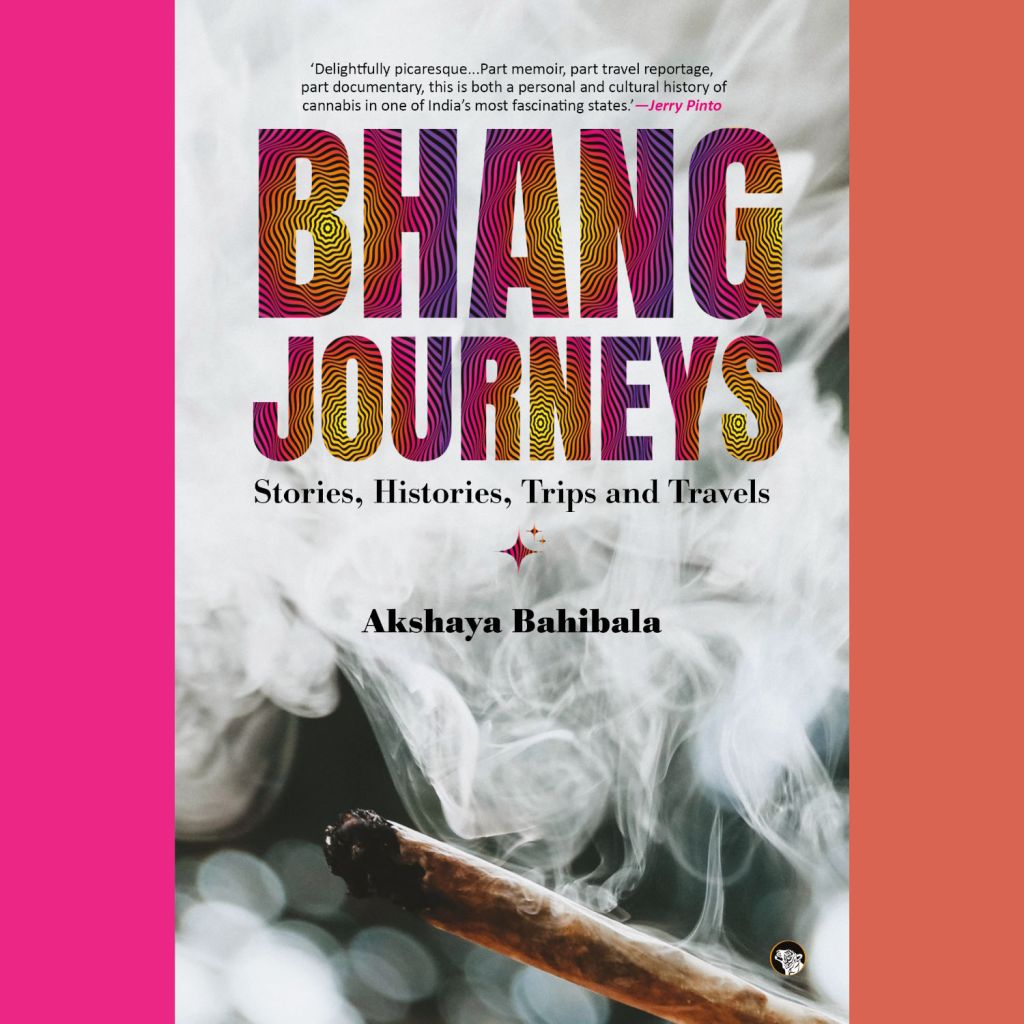Dr Anubhuti Yadav is a professor at the Indian Institute of Mass Communication. She was earlier Head of the Department of New Media & Technology and Course Director, Advertising and Public Relations, at the IIMC. She is also the author of New Media Journalism: Emerging Media and New Practices in Journalism, which was published in January this year. Here, she talks to BooksFirst about contemporary journalism in India, what media studies entail these days and some of her favourite books and authors.
You have a PhD in media studies. What was your thesis about? What was it about media that interested you, and what inspired you to do a PhD in media studies?
I completed my Ph.D. in 2005. It has been 17 years but the topic which I chose for my research is as interesting as it was back then. My thesis was on Political Communication. More precisely, the role opinion polls and exit polls play in shaping the opinion of the electorate. What really made me interested in this topic was the opinion poll surveys conducted at that time. I remember watching veteran journalists Vinod Dua’s and Prannoy Roy’s analysis of various surveys. I got interested in the topic during that time and when I got admission in Ph.D., I chose this topic. I did a comparative analysis of the opinion poll surveys conducted in the 11th, 12th, and 13th Lok Sabha elections and tried to find out how they were shaping voter decisions. I was really intrigued by the role media plays in the decision-making of any individual. That is the reason I chose to study this topic. It was really an eye-opener at that time to find out that if people get to know that one candidate or party is winning, they would like to side with them.
What is your take on contemporary journalism in India? Compared with 15 years ago, when you did your Ph.D., how has media evolved in India? Have things changed for the better?
Like any other industry, media too has evolved over the years. I grew up in times when there was only one channel – DD. Even there, the programmes were not aired the entire day. I remember that wait of one week to watch our favourite series or to watch songs. I still remember how television viewing was a community activity when families used to sit together to watch Ramayana and Mahabharta. Now things are pretty different. All the members of a family have their own screens and their own preferences. People have a lot to choose from. In a way, it is good because people are getting this opportunity to choose from a variety of programmes to inform and entertain themselves.
News consumption pattern has changed tremendously in the past few years. Reading newspapers, watching the news and listening to radio bulletins – every media consumption experience has witnessed a paradigm shift. People have stopped consuming media the way they used to earlier. The habit of reading newspapers with a cup of tea in the morning is replaced by reading on laptops, tablets and smartphones. Even while reading printed text, there is always an urge to go online to watch a video using a QR code placed next to a story. While reading text online, there is always an option to listen to the story than just reading it. These new ways of consuming content are the result of new technology integration in newsrooms, which makes it possible for news producers to produce content in a variety of ways. These new technologies not only help in packaging the content in a variety of ways but also in publishing it in different formats and disseminating it via different platforms.
New technologies have democratised the media landscape, where anybody can create and disseminate, but with this has emerged a problem of misinformation and disinformation. We have seen at the time of the pandemic how people were falling for misinformation. This requires media and information literacy initiatives so that people can consume media messages wisely and create messages responsibly.
As HOD of New Media at IIMC, what does your work primarily entail? How, and in what ways, does the teaching system at IIMC prepare students for working in new media?
Presently I am on leave, but as an HoD New Media, my job was to teach a module on New Media in all the courses at IIMC, which includes advertising and public relations, Hindi journalism, English journalism, radio and television, and other short courses which are conducted at IIMC. I also spent a lot of time developing the syllabus on Digital Media. The course is being introduced this year. Since it is a very dynamic field, we make sure our students are abreast of the latest in the field and we conduct workshops on emerging areas like mobile journalism, artificial intelligence, AR and VR, digital marketing etc. This requires collaboration with experts from the industry. At IIMC, we involve industry experts in all phases of a teaching cycle. They are involved in the designing of curriculum, teaching, evaluation, and mentoring students.

You were also the course director for English journalism. How has the teaching of journalism at IIMC, evolved and changed in the last 8-10 years? What are students looking for, these days? Are core writing skills as important for new media, as they were for print?
An English journalism course is a flagship course at IIMC. It is offered at IIMC New Delhi and in all our regional centres – Jammu, Aizawl, Dhenlenal, Amrawati and Kottayam. The course is a mix of theoretical and practical inputs. In recent years , keeping in view the use of new technologies in newsrooms, the focus has been on training students to handle new technologies. We have a paper on New Media as part of which students explore new technologies. In addition to this, we keep conducting workshops on various emerging areas both for our students and communication professionals from the industry. As far as seeking jobs in print, web, or television, it is market-driven. Students prefer to go with established brands and good packages. However, in today’s convergent media scenario, students have to be multi-skilled. Neither writing skills nor print media has taken a backseat in students’ list of priorities. For anyone who would like to have a career in media, writing skills are the most important. It is as essential for those who are working in radio, television, and web, as it is for print.
Do you ever wish for any major / significant changes in the study of media and journalism? If you could do things differently, do things your way, what changes would you implement?
Yes, I think there should be more collaboration with the Industry. Industry experts should visit academic institutes to share their experiences more frequently. Similarly, there should be more Industry-immersive programmes for academicians. Experts from academia and Industry should take up joint projects and research. This will certainly help in bridging the gap between academia and Industry. It is also important for the students to have more field experiences rather than classroom learning. They should be given opportunities to participate in live projects. This will help students to learn what they will be expected to practice when they will join the industry and will help them to build their network.
As part of your work, do you need to read a fair number of books every year? What kind of books do you enjoy reading? What’s your favourite genre of books? Any favourite authors? Any favourite Indian authors?
I enjoy reading non-fiction. Mostly they are on the subjects I teach but I like to read books that are research-intensive. Presently I am reading Don’t Forward that Text by Amit Schandillia. I really like the way it is written and the research that had gone into it. Before this, I read The Gap and the Gain by Dan Sullivan and Dr Benjamin Hardy, which has a lot of insights, which I would like to refer to again and again. I always try to read different kinds of books and try not to limit myself to one or two genres. I like to read Paulo Coelho, Mitch Album. Khalil Gibran and from India, and Jhumpa Lahiri. Each and every story in the Interpreter of Maladies is so well written that when you think about them you don’t recall words but you recall visuals, characters, and places. That is the power of a well-written piece.
What are the three most remarkable books you’ve read in recent years? Why do these stand out among others? Anything that you’re particularly looking forward to reading in 2023?
21 lessons for the 21st Century by Yuval Noah Harari, The Gap and the Gain by Dan Sullivan and Dr Benjamin Hardy and Nudge by Richard H Thaler. I really like the way that had explored and interpreted various issues. All these books leave an impression on the reader and urge you to think and rethink about those issues and problems. I am planning to read books on Vivekananda this year.
Any word of advice for young people who may be looking to make a career for themselves in journalism / media / new media?
Read, read and read. Write, write and write. That’s the mantra for any student who would like to have a career in journalism, media and new media.
More Stories:
adventure advertising Allahabad Apple astrology audiobooks Banaras best-of lists Bombay book marketing business Calcutta cheap reads cityscapes corporate culture design fiction food Hinduism hippies history India Japan journalism journalists libraries literary agents memoirs memories money Mumbai music my life with books Persian photojournalism Prayagraj publishers publishing science-fiction self-help technology travel trends Varanasi wishlists


